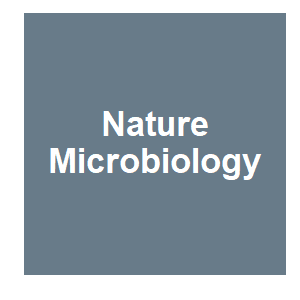A natural symbiotic bacterium drives mosquito refractoriness to Plasmodium infection via secretion of an antimalarial lipase

|
H. Gao, L. Bai, Y. M. Jiang, W. Huang, L. L. Wang, S. G. Li, G. D. Zhu, D. Q. Wang, Z. H. Huang, X. S. Li, J. Cao, L. B. Jiang, M. Jacobs-Lorena, S. Zhan and S. B. Wang,
Nature Microbiology,
25.
2021.

The stalling global progress in the fight against malaria prompts the urgent need to develop new intervention strategies. Whilst engineered symbiotic bacteria have been shown to confer mosquito resistance to parasite infection, a major challenge for field implementation is to address regulatory concerns. Here, we report the identification of a Plasmodium-blocking symbiotic bacterium, Serratia ureilytica Su_YN1, isolated from the midgut of wild Anopheles sinensis in China that inhibits malaria parasites via secretion of an antimalarial lipase. Analysis of Plasmodium vivax epidemic data indicates that local malaria cases in Tengchong (Yunnan province, China) are significantly lower than imported cases and importantly, that the local vector A. sinensis is more resistant to infection by P. vivax than A. sinensis from other regions. Analysis of the gut symbiotic bacteria of mosquitoes from Yunnan province led to the identification of S. ureilytica Su_YN1. This bacterium renders mosquitoes resistant to infection by the human parasite Plasmodium falciparum or the rodent parasite Plasmodium berghei via secretion of a lipase that selectively kills parasites at various stages. Importantly, Su_YN1 rapidly disseminates through mosquito populations by vertical and horizontal transmission, providing a potential tool for blocking malaria transmission in the field. The symbiotic bacterium Serratia ureilytica can disseminate through mosquito populations and render mosquitoes resistant to Plasmodium infection by secreting an antimalarial lipase. More related to this: Breeding Malaria Out: Scientists Engineer Mosquitos to Spread Antimalaria Genes Gene drives as a response to infection and resistance The effect of malaria control on Plasmodium falciparum in Africa between 2000 and 2015
|



